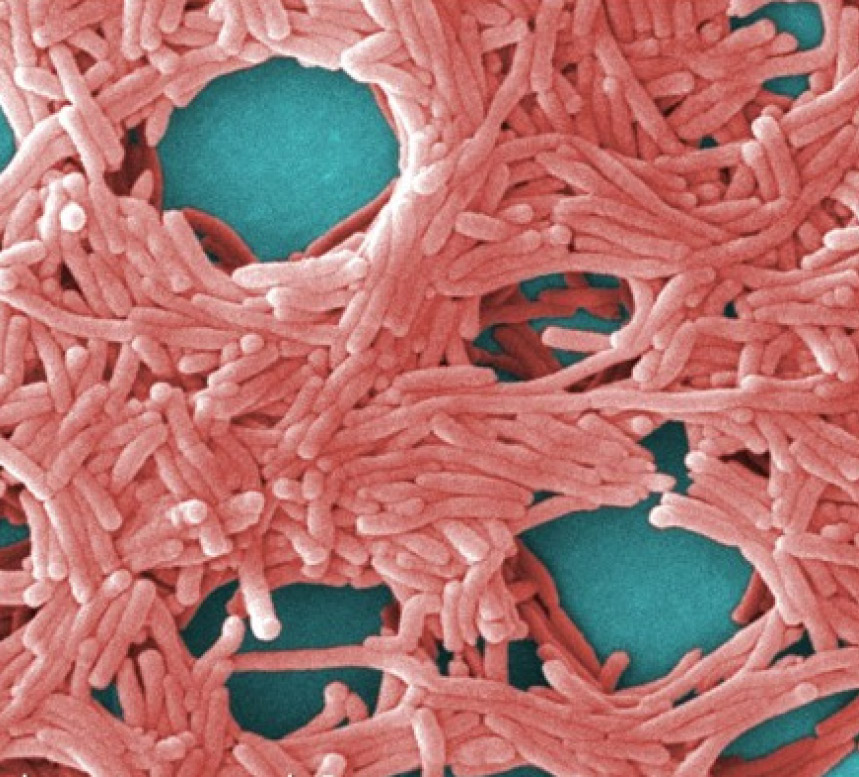24th October 2023
How we help you...
Legionella Risk Assessments
(Domestic Systems)
The first step in any risk management process is production of a professional risk assessment.
The Health and Safety Executive (HSE) says:
“A suitable and sufficient assessment is required to identify and assess the risk of exposure to Legionella from work activities and water systems on the premises.” “in conducting the risk assessment, the person on whom the statutory duty falls is required to have access to competent help regarding the risks of exposure of legionella in the water systems present in the premises and the necessary control measures”
In order to comply with the Health and safety commission Approval Code of Practise L8 ACoP (Legionnaires’ Disease, The control of Legionella bacteria in water systems), companies are under a legal obligation to minimise and control the risk of legionellosis.
This can be done by:
- Identifying and assessing the sources of risk exposure.
- Implementing and managing precautions.
- Recording all related actions.
- Appointing a person to be managerially responsible.
We can help you to access and manage these risks and ensure that you comply with all requirements. We are a proud member of the Legionella Control Association.

All legionella risk assessments are completed by our city and guilds qualified, competent and experienced professionals in accordance with British Standard BS8580-1:2019
Significant factors include:
-
Temperature – Legionella require a range of between 20 – 50c degrees to multiply.
-
Nutrients – much like any other living organism the bacteria need a source of food. In a water system this takes the form of sludge, scale, rust and even other bacteria.
-
Aerosol Creation – an assessment of the type of water services present to judge the likelihood of an aerosol being created.
-
Personnel – it is well known that males are 3 times more likely than females to catch Legionniare’s disease and the elderly and immuno compromised are more at risk.
-
Potential for Stagnation – stagnant water can provide an excellent breeding ground for bacteria and often where slow moving water is found the temperature is raised.
On completion of a risk assessment all areas of the water system are inspected including loft spaces and void areas however there is no disruption to the water supply and this can usually be completed during usual hours. Following the on site assessment, a report is produced together with remedial recommendations and basic schematics drawings.
In general premises fall into one of two categories:
- No reasonably foreseeable risk for exposure to Legionella. In this instance a site will be deemed ‘low risk’ and no further measures / assessment are necessary. This would usually only apply to systems without any stored water i.e. cold water storage tanks and / or hot water cylinders.
- Reasonably foreseeable risk of exposure to Legionella. is usually the case where a cold water storage tank and / or hot water cylinder are present. It is then necessary to take further steps to mitigate the ongoing risk.

The HSE’s ACOP L8 states that every building should have a suitable and sufficient risk assessment undertaken. In buildings occupied by five or more people the results should be formally recorded. The record of the assessment should be a living document and must be reviewed to ensure it remains up to date (ACOP L8 Para 47). Review the assessment regularly and specifically whenever there is reason to suspect it is no longer valid. Reasons to re-assess the risk include:
(a) changes to the water system or its use;
(b) changes to the use of the building in which the water system is installed;
(c) the availability of new information about risks or control measures;
(d) the results of checks indicating that control measures are no longer effective;
(e) changes to key personnel;
(f) a case of legionnaires’ disease/legionellosis associated with the system.
The risk assessment will look at all aspects of a buildings water services and record the findings with detailed notes, including schematic diagrams and photographic records. Finally, the risk assessment will provide straight forward recommendations on what actions need to be taken to reduce the risk and ensure compliance with water regulations.
Latest News
